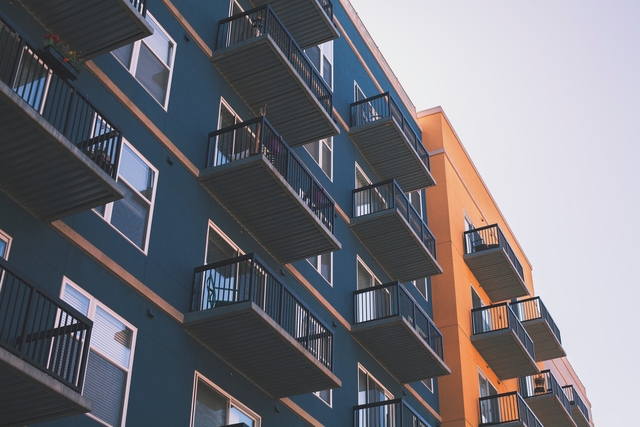How Well is the Building Prepared for the Worst
Owners of high-rise buildings or other large buildings need to have insurance policies that protect them against unexpected risks. Different constructions have different insurance needs, and property owners need to talk to insurance agents who will guide them through insurance policies for other risk exposures. Some common risks that one might run into include loss of rent, breakdown of equipment, and building ordinance. Various factors will determine the insurance cover cost, such as the building’s age, replacement costs, deductible amounts, and construction materials.
Talk to a High-rise Insurance Expert
Board members of high-rise buildings should seek the help of qualified insurance agents. Remember, unqualified insurance agents will make community members lose a lot of money. Therefore, board members should seek agents who understand different laws and insurance policies that vary between states. These insurance agents also need to have defied knowledge of the condominium industry. They should seek the assistance of a professional brokerage firm in their area that specializes in high-rise properties.
What is the Value of the Insurance Cover?
Most times, board members, residents, and owners of high-rise buildings opt for cheap insurance covers to save money. However, an insurance policy needs to provide adequate coverage, and it should not have gaps that expose any individuals to risks. The insurance coverage needs to have value, which is affordable and considerable. Most importantly, the insurance cover should provide peace of mind to all the parties involved.
Understand the Different Types of Insurance Coverage
There are different types of insurance coverage for people residing in high-risk areas. The H0-6 cover covers the contents of an individual unit and covers both liabilities and properties. Secondly, there is the insurance coverage for board members known as Directors & Office Liabilities. This policy protects the building and board members from legal damages. Others include the Workers Compensation and Fidelity and the Building Ordinance and Law.

